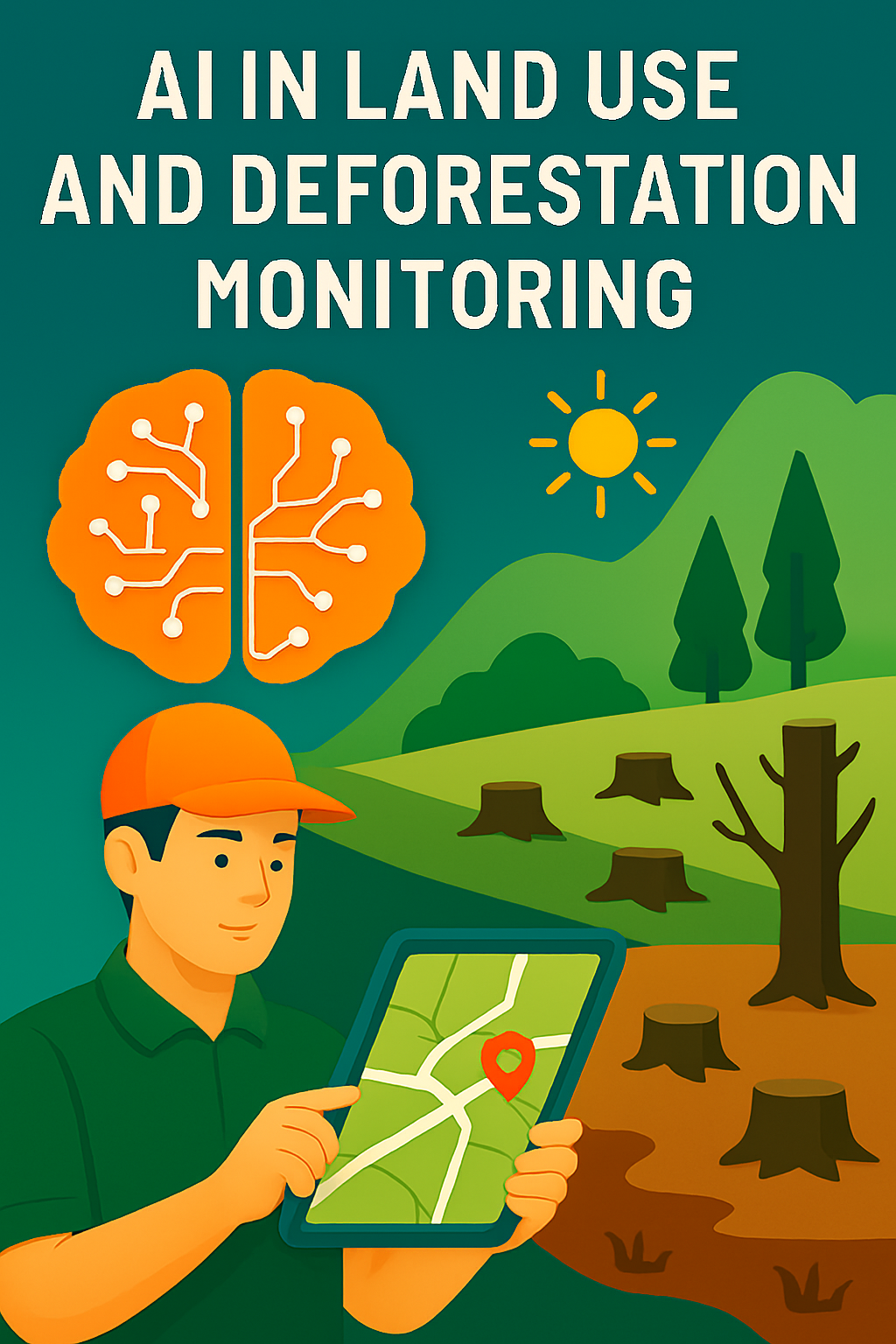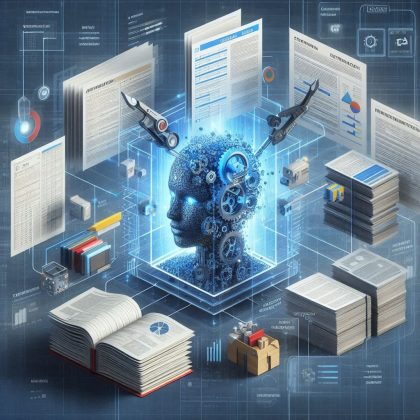
The energy market is a dynamic and complex ecosystem where supply and demand fluctuate constantly. Accurate predictions and efficient trading strategies are critical for maximizing profitability and ensuring a stable energy grid. Machine learning (ML) is revolutionizing energy trading by providing powerful tools for data analysis, forecasting, and decision-making.
Energy trading involves buying and selling electricity, natural gas, or renewable energy certificates in wholesale markets. Key challenges include:
Machine learning algorithms address these challenges by leveraging vast datasets to uncover patterns and make accurate predictions.
Machine learning models analyze historical price data, weather forecasts, and market trends to predict energy prices. Techniques such as time-series analysis and neural networks enable traders to:
For example, ML algorithms can predict hourly electricity prices, helping traders capitalize on price spikes or drops.
Accurate demand-supply forecasting is crucial for energy grid stability. Machine learning models process data from smart meters, IoT devices, and weather sensors to predict consumption patterns. This allows:
Machine learning supports the development of algorithmic trading systems, enabling automated and optimized trade execution. Reinforcement learning models, in particular, excel at:
Machine learning enhances risk management by analyzing market behavior and identifying anomalies. These systems can:
As renewable energy sources like solar and wind become more prevalent, machine learning plays a key role in managing their intermittent nature. By forecasting renewable energy production, ML algorithms enable efficient trading of renewable energy credits and certificates, fostering sustainability.
Machine learning algorithms are transforming energy trading by improving price forecasting, demand-supply predictions, and trading strategies. As the energy market evolves, ML-powered tools will become indispensable for navigating its complexities, driving profitability, and promoting a more sustainable energy future.

Here’s the article “AI in Land Use and Deforestation Monitoring” for your blog.
The growing concern over deforestation and unsustainable land use has heightened the need for innovative monitoring solutions. Artificial Intelligence (AI) is transforming land use and deforestation monitoring by providing real-time insights, predictive capabilities, and actionable data to combat environmental degradation effectively.
AI-powered systems analyze satellite imagery and aerial data to detect changes in land use in real time. By using machine learning algorithms, these systems can:
For example, AI tools can process high-resolution satellite images to identify tree cover loss and send alerts to authorities for immediate action.
AI enables the analysis of historical land use data, uncovering trends and patterns that inform future strategies. By processing decades of satellite imagery, machine learning models can:
AI systems use predictive analytics to assess the likelihood of deforestation in specific regions. These models consider factors such as:
This proactive approach allows governments and organizations to target high-risk zones with preventive measures.
AI provides policymakers with actionable data to make informed decisions. By presenting visualizations and detailed reports, AI tools help stakeholders:
AI-powered platforms facilitate public engagement by offering user-friendly tools for communities and activists. Interactive maps and dashboards allow users to:
AI ensures that land use decisions align with sustainable development goals (SDGs). By balancing environmental protection with economic growth, AI helps create solutions that benefit both people and the planet.
AI is revolutionizing land use and deforestation monitoring by providing advanced tools to track changes, predict risks, and support conservation efforts. As these technologies evolve, they will play a pivotal role in safeguarding ecosystems, mitigating climate change, and promoting sustainable land management.

In the architecture, engineering, and construction (AEC) industries, design documentation forms the backbone of project execution. From construction drawings and specifications to detailed engineering calculations, the production of these documents is both time-intensive and prone to human error. With the advent of artificial intelligence (AI), however, the way we create, manage, and utilize design documentation is undergoing a transformative change.
This article explores how AI is reshaping design documentation, the benefits it brings, and the challenges we need to address to maximize its potential.
AI technologies, such as natural language processing (NLP), computer vision, and machine learning (ML), are enabling automation and intelligent insights in design documentation. Here are some key applications:
While the benefits are compelling, some challenges need attention:
As AI continues to evolve, its applications in design documentation will become even more sophisticated. Potential advancements include:
AI is revolutionizing the creation and management of design documentation in the AEC industries. By automating routine tasks, enhancing accuracy, and fostering collaboration, AI enables professionals to focus on innovation and problem-solving. However, addressing challenges like data quality and skill gaps is crucial for unlocking its full potential.
As firms continue to embrace AI-driven tools, the future of design documentation looks smarter, faster, and more efficient than ever.